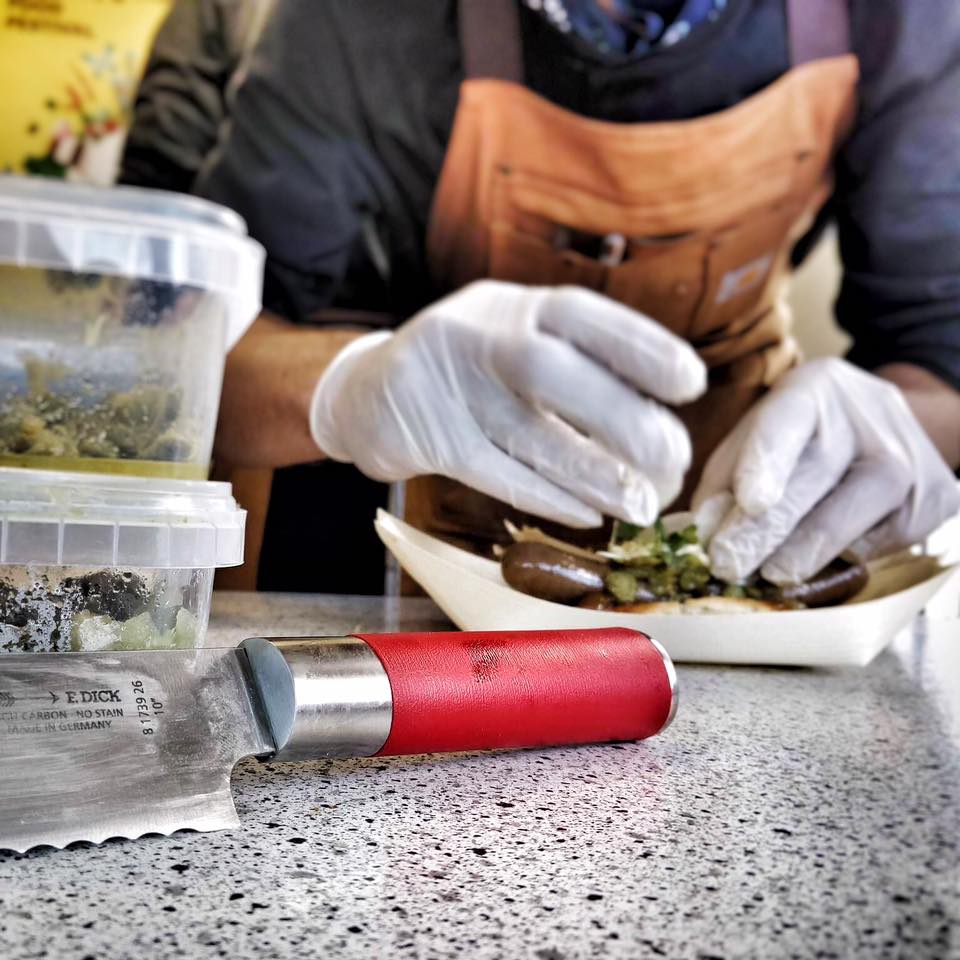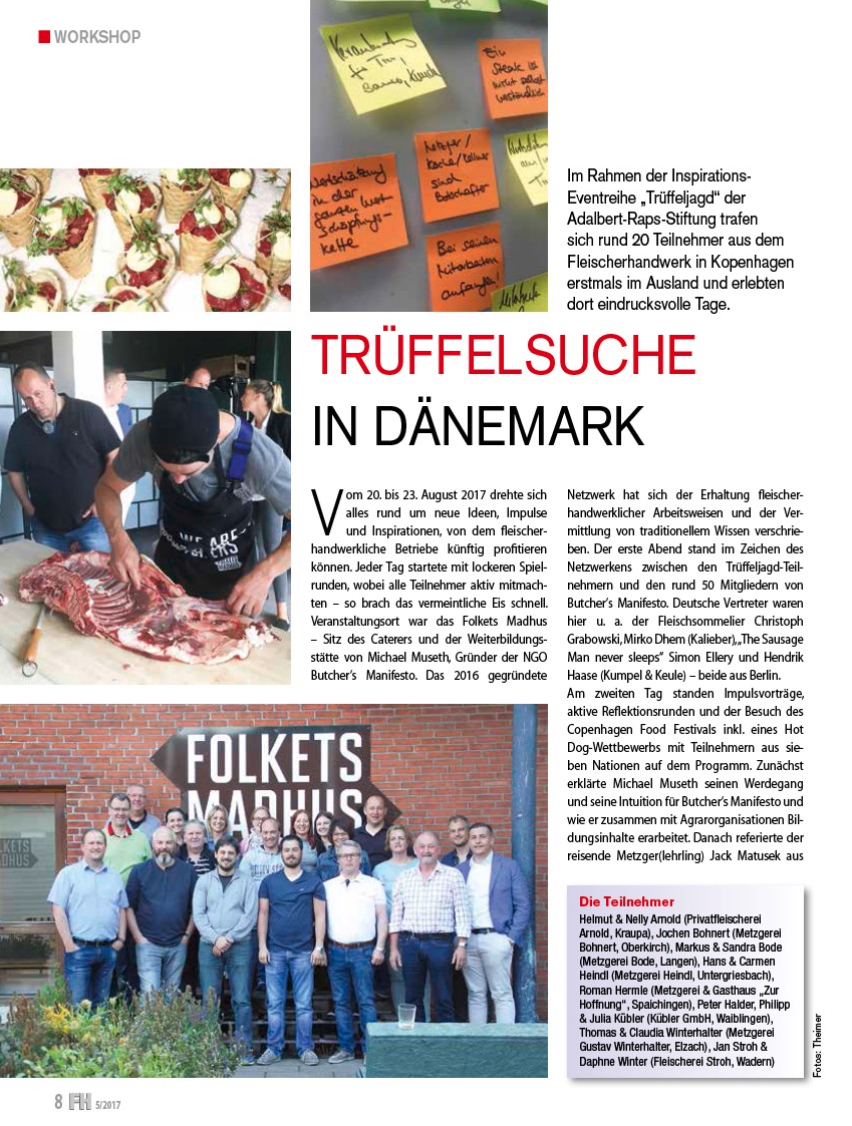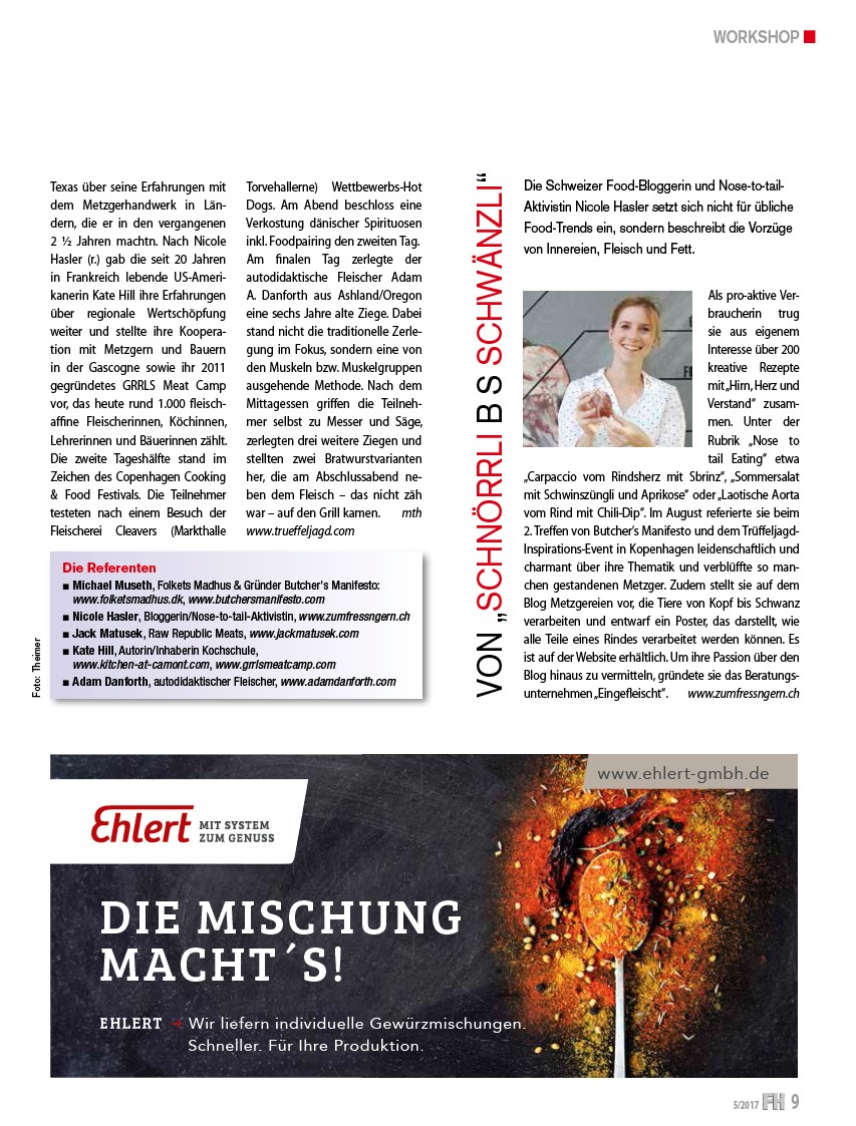My first cheese revelation took place in Gascony. It was the chèrve, goat cheese, made by Marie, Dominique’s neighbor.
Hey now, I’ve had good cheese in America. My favorite spot is Antonelli’s cheese shop in Austin. What I’d give to stand in there for hours sampling cheeses!
My latest cheese experience has me hooked. Don’t worry; I’m not setting down the knife for cheese cloth. But still, I’m hooked.
On a two day leave from the Folkets Madhus kitchen in November, I attended a natural cheese making class in Copenhagen lead by David Asher. Originally from Canada, David started out with a goat farm where he made incredible raw milk cheeses. Unfortunately, raw milk cheese can't be sold in Canada - his running joke was that he was invited to every party and he had the best Christmas presents. He ended up writing his manifesto for cheese making, made the tough decision to sell his farm, and hit the road to spread the word about natural cheese.
The class I joined was filled with local dairy farmers, all trying to find another way to preserve and sell their precious milk. Asher's cheese isn't the "natural" cheese that you find in the grocery store. He doesn't use freeze dried fungal spores or mesophilic starter cultures - the BS that is in just about every grocery store cheese. He uses natural cultures, clabber, and kefir, along with good, fresh milk from pasture-raised animals - the same ingredients that cheese has been made with for thousands of years.
Valençay cheese that was coated with ash just after formation. A few months of fungal growth makes a really cool contrast!
* Clabber is raw milk that is left to ferment at room temperature for a day. Ask your grandmother - I bet she knows about clabber. Kefir, a cauliflower looking seed, is another natural fermentation agent. Kefir seed is added to milk and left to ferment at room temperature. These cultures are then added to milk during the cheesemaking process.
Over the two day session, David walked the class through butter production, mozzarella stretching, and the crafting of a wheel of alpine cheese. Surprisingly, there are many parallels between charcuterie and cheese - salt is used in the same fashion (and in the same measurements) to draw moisture out and preserve the cheese.
San Marcellin, another goat cheese, showing incredible signs of fungal activity.
The class was quite the awakening - I also learned that Cheddar cheese should be white, not the distinct bright orange color. Let me explain further: Grass contains carotene. When cows eat grass, their milk has a rich, creamy color. When you make cheddar cheese from a cow raised on grain, the eventual cheese lacks carotene and thus will turn out rather dull and unappealing. Around the time of the advent of industrial farming, cheese makers began adding ground annatto seeds to disguise their inferior cheddars. Add a little annatto powder, and you get that creamy white cheddar color back - add a little too much, and the cheddar turns a bright orange color. Sadly, this trend caught on, and the orange coloring has become part of cheddar's identity.
Do you know why Europe has incredible cheese and the stuff you find in America is just... blah? In Europe, the best milk is designated for cheesemaking; the inferior milk is sent to bottling plant. In America, our good milk winds up in the milk carton, and our inferior milk is made into cheese.
This class certainly sparked my interest. I have produced a few batches of cheese since then with fluctuating results. I'm very excited to see how my latest batch turns out - the ricotta was amazing, and the mozzarella didn't last long, but I have four wheels of cheddar and a jar of feta still in the fridge. If you have any interest in cheesemaking, I highly recommend his book The Art of Natural Cheesemaking

































